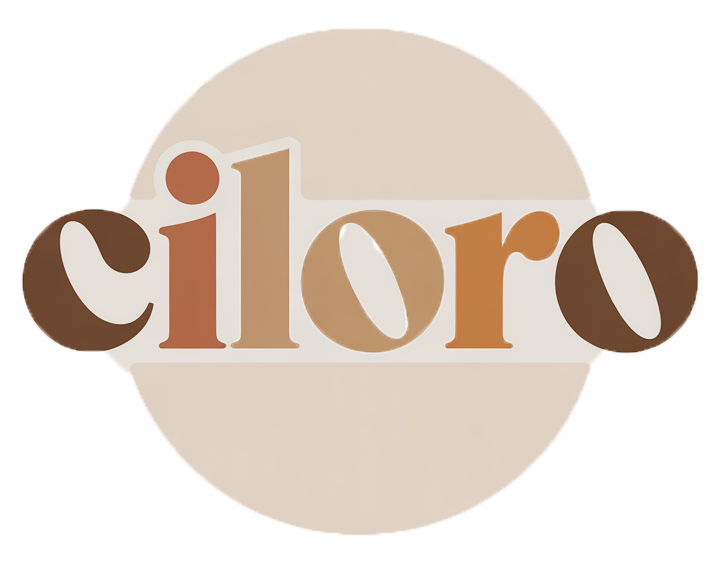Transform Your Home with Vibrant Colorful Decor Ideas
1. Introduction
Color plays a significant role in home decor, impacting not only the aesthetic appeal of a space but also the emotional well-being of its inhabitants. By carefully selecting colors, homeowners can create environments that feel welcoming, energizing, or calming. This article aims to inspire readers with colorful home decor ideas that will transform their living spaces into vibrant, personalized sanctuaries.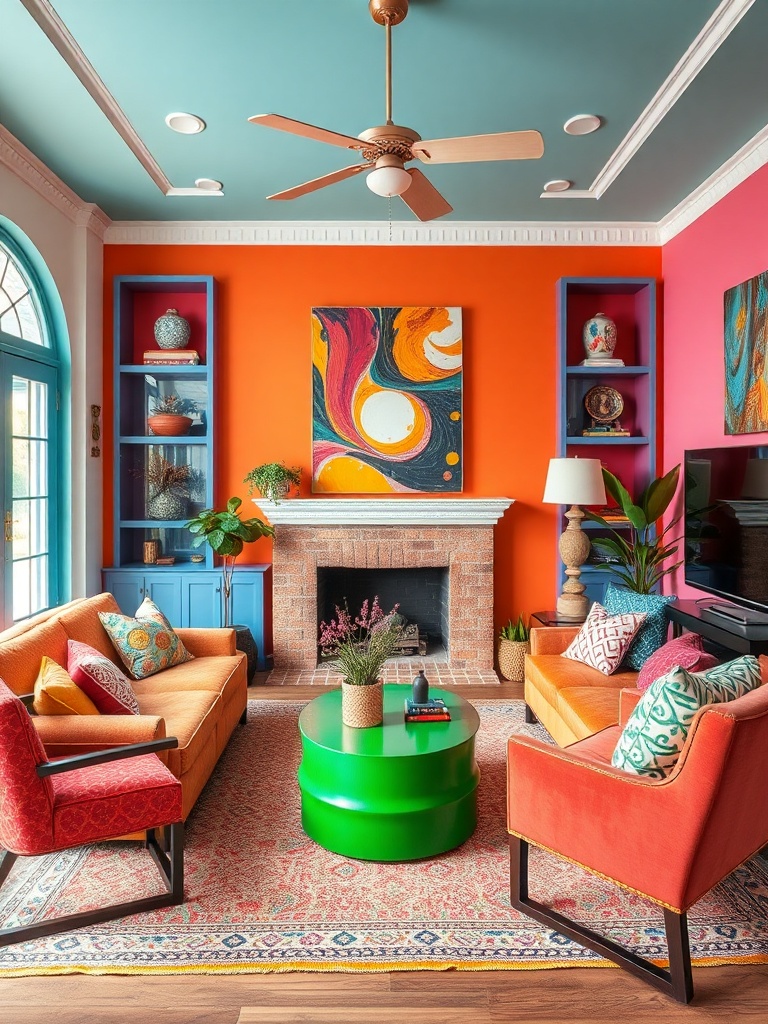
2. The Psychology of Color in Home Decor
Understanding Color Theory
Color theory is a framework for understanding how colors interact with one another. It involves:
- Primary Colors: Red, blue, and yellow, which cannot be created by mixing other colors.
- Secondary Colors: Green, orange, and purple, formed by mixing primary colors.
- Tertiary Colors: Colors created by mixing primary and secondary colors, such as red-orange and blue-green.
The color wheel is a visual representation of these relationships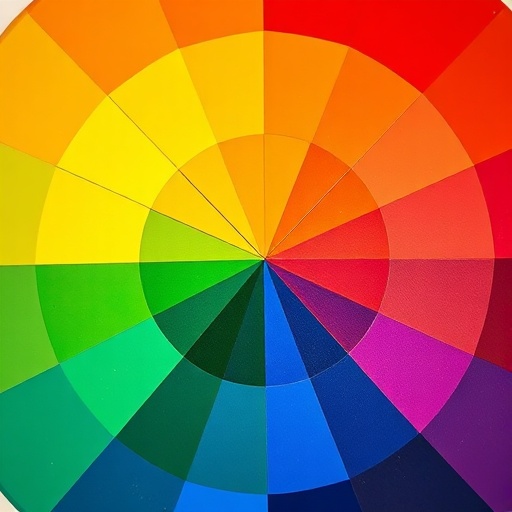
and is crucial for creating harmonious color palettes.
Emotional Responses to Colors
Colors can evoke powerful emotions. For instance:
- Blue: Often associated with calmness and serenity.
- Yellow: Evokes happiness and energy.
- Green: Represents nature and tranquility.
When decorating, it's essential to consider these emotional responses to create the desired atmosphere in your home.
3. Choosing a Color Palette
Monochromatic Schemes
A monochromatic color scheme involves using different shades and tints of a single color. This approach offers several benefits:
- Creates a cohesive look.
- Allows for easy mixing of patterns and textures.
- Feels sophisticated and elegant.
Examples of effective monochromatic rooms include a serene blue bedroom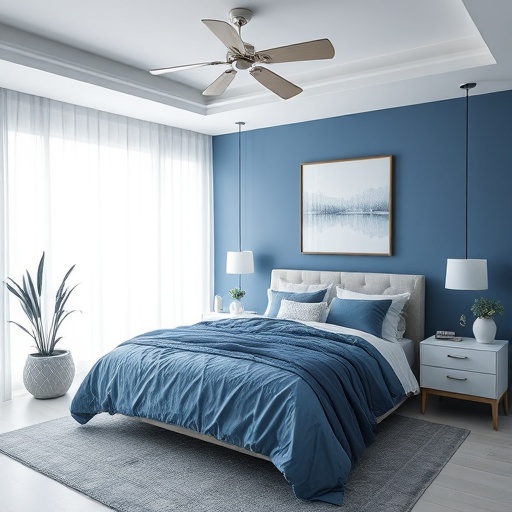
or a vibrant red living room.
Complementary Colors
Complementary colors are opposite each other on the color wheel, such as blue and orange. These colors create a dynamic visual effect. Here are some tips for using them:
- Use one color as a dominant hue and the other as an accent.
- Balance the intensity of both colors for harmony.
Analogous Colors
Analogous colors are next to each other on the color wheel, creating a serene and comfortable design. Common combinations include:
- Blue, blue-green, and green.
- Red, red-orange, and orange.
This scheme is perfect for creating a harmonious and inviting atmosphere.
4. Colorful Walls: Paint and Wallpaper Ideas
Bold Paint Choices
Using bold colors on your walls can dramatically change the feel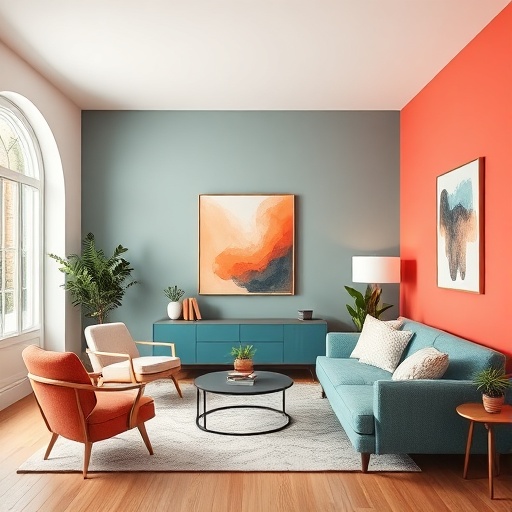
of a room. Consider these ideas:
- Deep navy for a sophisticated study.
- Bright coral for a lively dining area.
When selecting a bold color, consider the amount of natural light in the room to ensure it doesn't overwhelm the space.
Accent Walls
Creating an accent wall with a vibrant color can serve as a focal point in a room. Popular techniques include:
- Using stencils for intricate designs.
- Employing geometric patterns for a modern touch.
Colorful Wallpapers
Colorful wallpapers are making a comeback, with trends leaning towards bold patterns and vibrant hues. When choosing wallpaper:
- Consider the overall decor style of the room.
- Choose patterns that can complement existing furniture.
5. Colorful Furniture Selections
Statement Furniture Pieces
Incorporating colorful sofas and chairs can add character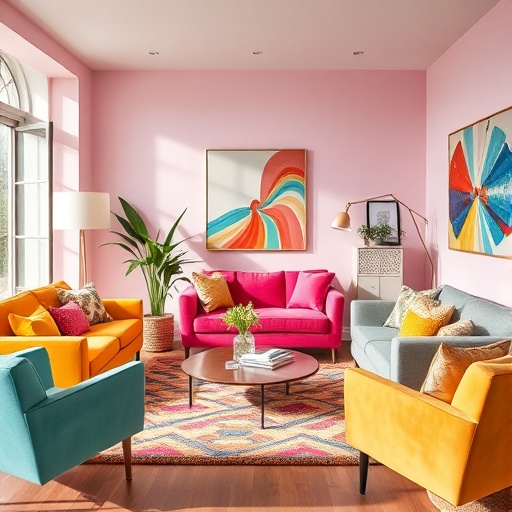
to your space. Look for:
- Brightly colored armchairs.
- Unique coffee tables with vibrant finishes.
These pieces can serve as conversation starters and enhance the room's overall aesthetic.
Upcycling with Color
Transforming old furniture with color is both eco-friendly and budget-friendly. Tips for upcycling include:
- Repainting wooden furniture in bold colors.
- Reupholstering chairs with bright fabrics.
Consider DIY projects to express your creativity through colorful furniture transformations.
6. Accessories and Accents
Colorful Throw Pillows and Blankets
Mixing and matching colors and patterns in pillows and blankets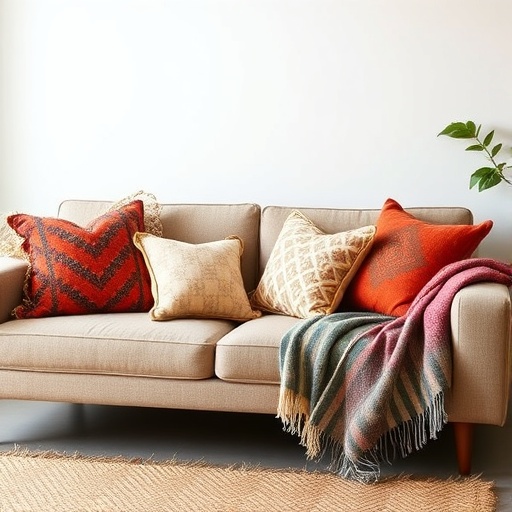
can add layers to your decor. Remember to:
- Choose a color scheme that ties back to your main palette.
- Incorporate different textures for added depth.
Colorful Art and Wall Decor
Art pieces can significantly add color and character to a room. Tips for selecting art include:
- Choose pieces that resonate with your style.
- Consider creating a gallery wall with colorful frames.
Decorative Rugs
A colorful rug can anchor a room and add warmth. When choosing a rug:
- Look for patterns that complement your overall color scheme.
- Consider the size and shape to ensure it fits your space properly.
7. Colorful Kitchen Decor
Vibrant Kitchen Accessories
Bright kitchen gadgets and utensils can make cooking enjoyable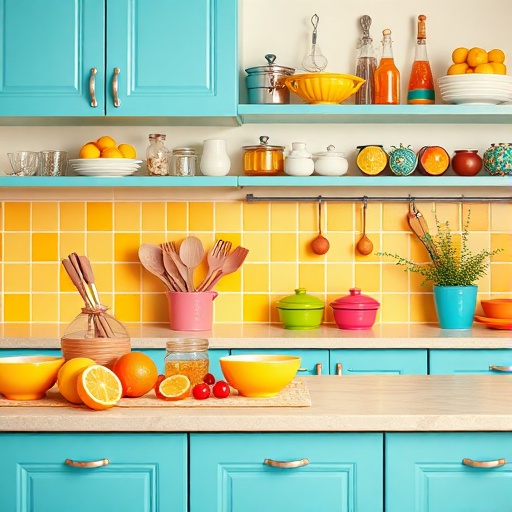
. Consider:
- Colorful cutting boards and cookware.
- Brightly colored dish towels and linens.
Colorful Cabinetry
Painting kitchen cabinets in bold colors can refresh the space. Popular color choices include:
- Turquoise for a beachy feel.
- Bright yellow for a cheerful ambiance.
8. Colorful Bathroom Makeover
Colorful Tiles and Fixtures
Incorporating colorful tiles can transform a bathroom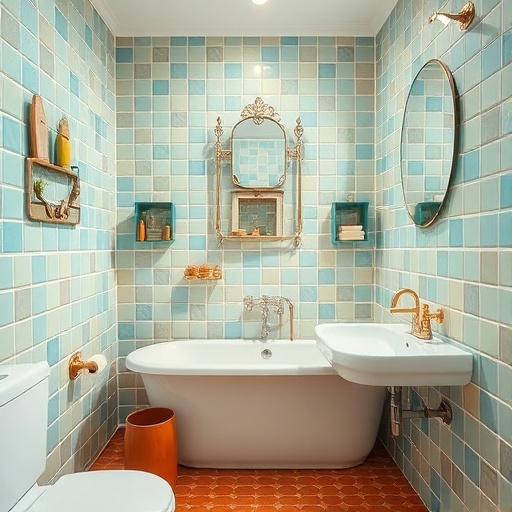
. Ideas include:
- Using vibrant mosaic tiles for a statement shower.
- Choosing colorful fixtures to complement tile colors.
Decorative Shower Curtains
A colorful shower curtain can tie a bathroom's decor together. Look for:
- Patterns that match the overall color scheme.
- Textures that add visual interest.
9. Colorful Outdoor Spaces
Vibrant Patio Furniture
Bright outdoor furniture can create an inviting patio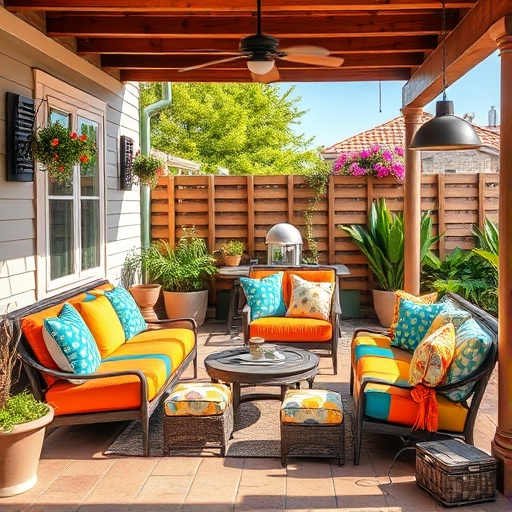
. Consider:
- Colorful cushions and pillows.
- Weather-resistant materials for durability.
Colorful Planters and Garden Decor
Enhancing outdoor aesthetics with colorful planters can elevate your garden. Tips include:
- Choosing planters that contrast with your plants.
- Incorporating garden decor that complements your home’s color scheme.
10. Seasonal Color Swaps
Changing Decor with the Seasons
Incorporating seasonal colors can keep your decor fresh throughout the year. Consider:
- Swapping throw pillows and blankets for seasonal hues.
- Changing artwork or decorative accents to reflect the season.
11. Conclusion
Color has a transformative power that can enhance the beauty and emotional atmosphere of your home. By exploring different color palettes and decor ideas, you can create a space that reflects your personality and style. Don't hesitate to experiment with your own colorful ideas to make your home truly yours!
Key Takeaways
- Color significantly impacts the mood and aesthetic of a space.
- Understanding color theory can help you create harmonious designs.
- Experimenting with various color palettes can lead to stunning transformations.
- Colorful accessories and furniture can serve as focal points in your decor.
- Seasonal changes in decor can keep your home feeling fresh and inviting.
FAQ
What are the best colors for a small room?
Light colors such as soft whites, pastels, and light grays can make a small room feel larger and more open. Adding colorful accents can also provide depth without overwhelming the space.
How can I incorporate color without painting?
You can use colorful furniture, accessories like cushions and rugs, art pieces, and decor items to add color to your space without the need for paint.
What color combinations work well together?
Some popular color combinations include blue and orange, green and pink, and yellow and gray. The key is to balance the intensity and saturation of each color.
How often should I change my decor colors?
Changing decor colors seasonally or annually can keep your space feeling fresh. However, personal preference and trends can also dictate how often you choose to refresh your decor.
